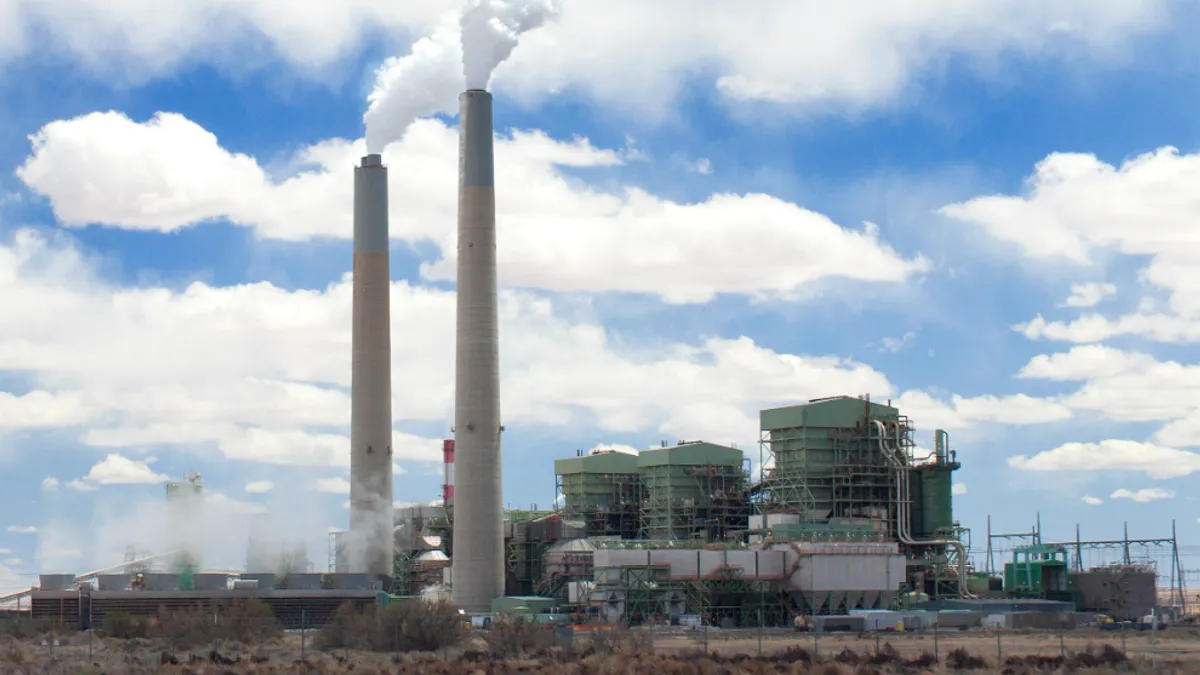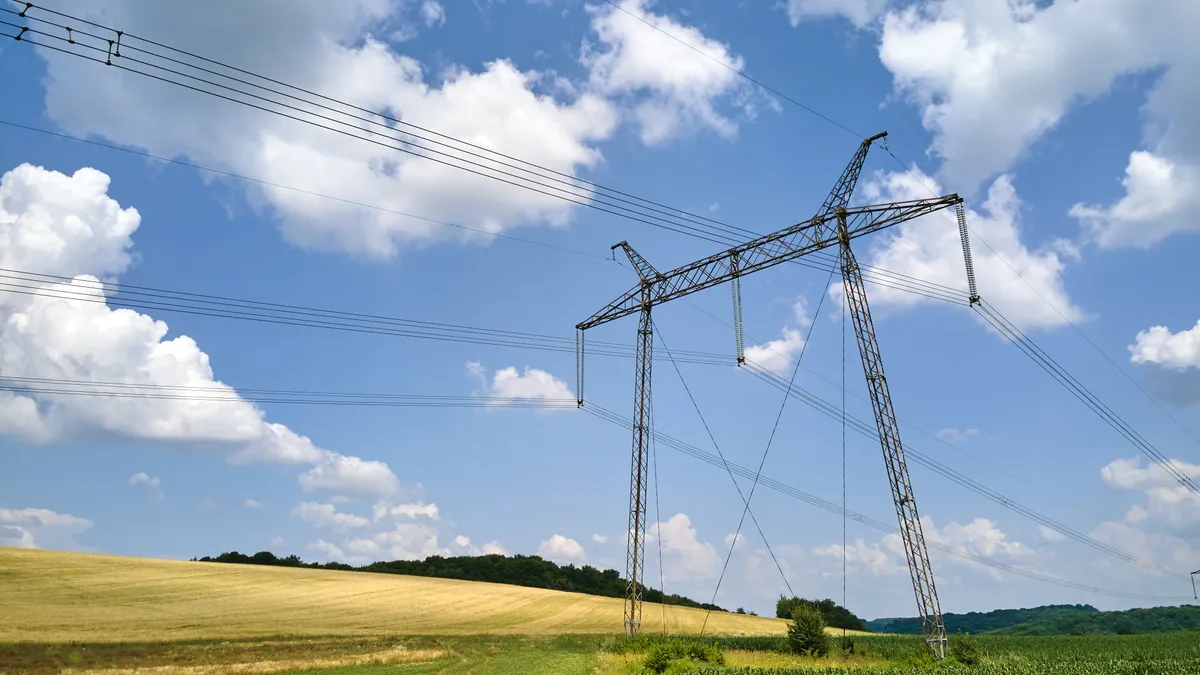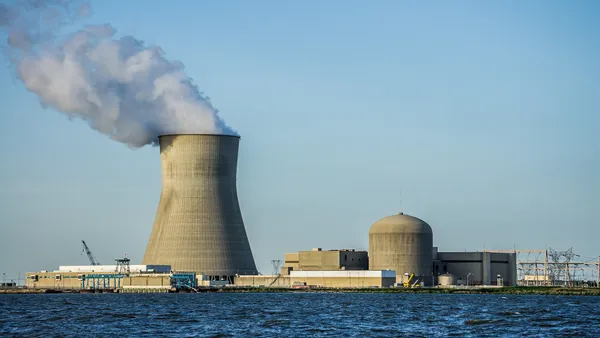Dive Brief:
- PacifiCorp will move away from coal generation and intends to meet new nearly all new electricity demand in the next decaded with increased energy efficiency, the company said in an integrated resource plan filed with six states.
- The Western utility owned by Warren Buffett's Berkshire Hathaway said it does not expect to build another major thermal power plant until 2028, and anticipates expanding its solar and wind capacity through power purchase agreements to replace retiring coal capacity.
- PacifiCorp has already begun shuttering some coal units and expects to take almost 3,000 MW offline by 2029.
Dive Insight:
PacifiCorp, the vertically integrated utility serving 1.8 million western customers, has filed an integrated resource plan outlining its approach adding more renewables, reducing coal use and meeting almost all new generation needs with increased energy efficiency for the next decade.
PacifCorp said it expects the expansion of energy efficiency programs will meet 86% of the 5 GWh of load growth it projects over the next decade. Last year, the company saved more than 553,200 MWh — enough to power nearly 59,000 homes for a year, or about the number in the Bend, Ore.
"Customers depend on us to provide safe, reliable, affordable power every day," Stefan Bird, CEO and president of Pacific Power, said in a statement. "The IRP represents our plan of how, going forward, we will keep meeting those essential needs while factoring in market realities, regulatory uncertainties and changing technology. Getting to this point has involved a great deal of public involvement and we welcome more discussions on this important issue."
In April, PacifiCorp shut down two coal units at the Carbon Plant and the IRP outlines other planned mothballings. The company intends to to convert unit 3 at the Naughton plant to natural gas by 2018, and will close or convert Cholla 4 by 2024. Several units will reach the end of their depreciable life between 2027 and 2029.
All told, PacifiCorp said it expects to end coal generation at 10 units with 2,800 MW of capacity.
Renewable and non-carbon generation make up about a quarter of the company's owned and contracted capacity, and within the next two years plans call for increased wind and solar power purchase agreements.
"PacifiCorp is also taking a leadership role in the creation of a more responsive and efficient way of operating the west's transmission system," said Bird. "In partnership with the California Independent System Operator, we are leading the way to a lower-cost, lower-emissions future by using advanced technology to change the way that we generate, manage and dispatch power on the grid. Working with the ISO and other utilities that are joining us in this transformation, we are able to maximize the use of intermittent renewables, enhance reliability and lower costs to our customers."
In April, PacifiCorp and CAISO inked an agreement to study for the utility to consider becoming a transmission-owning member of the California grid. The arrangement could call for the ISO to take operational control of PacifiCorp's more than 16,000 miles of transmission lines.














